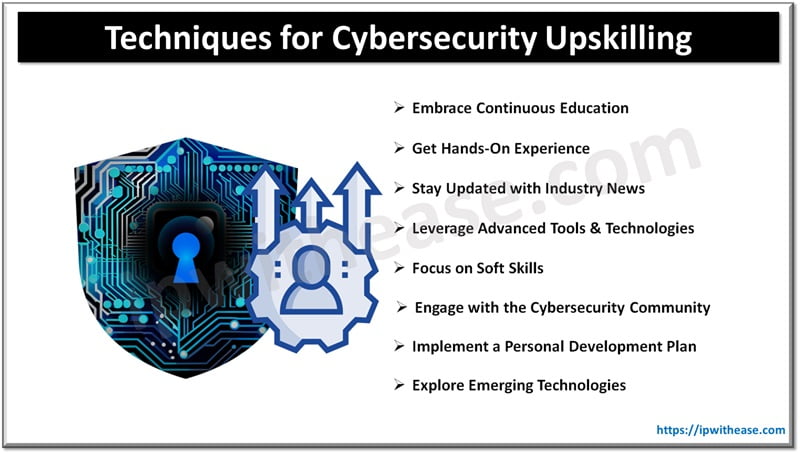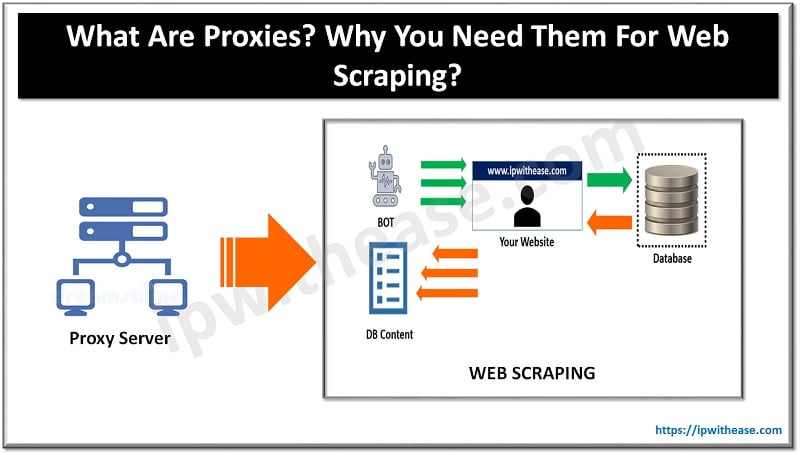API usually processes sensitive data, and a security compromise may result in confidential customer/business information being exposed to unauthorized users, leading to substantial data breaches. An insecure API is a gateway for cyberattacks. Cybercriminals can launch different API attack types, which can lead to system outages or slowdowns, significantly impacting user experience and causing revenue loss. Addressing API security isn’t cheap and could leave your business grappling with finances.
API Security
API security threats can compromise your company’s data integrity, financial stability, and operational continuity. Understanding the various API security threats can help you find ways to safeguard against them effectively. Outlined below are the top four API security risks.

1. Broken user authentication
Authentication involves verifying someone’s identification to computer systems. It allows only verified users to enter into a system. Broken authentication is a major API security threat that happens when a web application’s authentication mechanisms are poorly implemented or flawed.
If these mechanisms are misconfigured/ compromised, cybercriminals can exploit these vulnerabilities to hijack sessions, impersonate other account users, or gain uncredited user accounts’ access. This exposes sensitive user data and results in serious security breaches. Broken authentication may occur due to:
- Weak passwords and usernames
- URL rewriting
- Session fixation attacks
- Consumer identity data being shared through unencrypted connections
- Consumer identity information isn’t being safeguarded when stored
Implementing MFA (multi-factor authentication) to ascertain a user’s identity can help avoid brute force attacks and credential stuffing. A weak password check and limit placement on failed login attempts can also help prevent broken user authentication.
2. Unrestricted resource consumption
Unrestricted resource consumption lets attackers overburden API endpoints with requests, denying service to users. API requests use resources like storage, memory, and CPU, with the number of resources needed to satisfy a request significantly depending on user input and the endpoint’s business logic.
APIs don’t always force restrictions on the number or size of resources a user/ client can request, resulting in security threats that affect the API server’s performance to cause denial of service while leaving room for enumeration attacks and brute-forcing against APIs that provide data fetching and authentication functionality.
An effective API security solution should be able to spot API endpoint calls and API parameter value alterations that fall beyond normal use. This can be achieved by assessing API traffic to establish a baseline of normal behavior and recognizing deviations that go beyond that baseline.
3. Security misconfigurations
Security misconfigurations are the oversights or mistakes that happen during API configuration, maintenance, or configuration that can cause security risks. It happens when IT teams/ developers haven’t adhered to API implementation and configuration security best practices. Security misconfigurations may occur due to inadequate attack surface hardening using proper configurations. They expose system details and sensitive information, completely compromising the server, which can devastate businesses. Security misconfigurations also enable attackers to plan various attacks.
In addition, poorly configured APIs develop a false security sense for an organization and developers by making them think they’re secure from vulnerabilities. Security misconfigurations can be addressed by constantly monitoring, evaluating, and improving security measures depending on the changing threat landscape, security incident lessons, and industry best practices. Reviewing and updating mechanisms regularly can also help.
4. Broken object-level authorization (BOLA)
BOLA refers to the capacity to access several credentials. It happens when attackers can successfully make requests for data objects that must be restricted. BOLA threats are normally due to unsafe coding practices like improperly validating user input or checking permissions before allowing object access. This occurs when API resources aren’t adequately safeguarded or when APIs use excessively permissive, non-restrictive access controls.
BOLA threats lead to ramifications like destructive data breaches. Enforcing strong authorization mechanisms and using random UUIDs (universally unique identifiers) can help safeguard your APIs against BOLA risks. Implementing the zero-trust security approach and ensuring constant API security testing can also help.
Endnote
API security vulnerabilities can expose sensitive customer/ company data to unauthorized users, resulting in devastating effects. However, understanding the top API security risks and how to safeguard against them can help prevent data breaches and loss of revenue.
Continue Reading:
What is an Application Program Interface (API)?
ABOUT THE AUTHOR
IPwithease is aimed at sharing knowledge across varied domains like Network, Security, Virtualization, Software, Wireless, etc.



